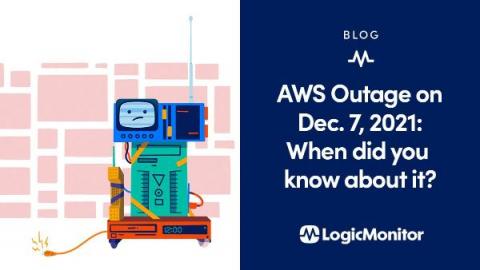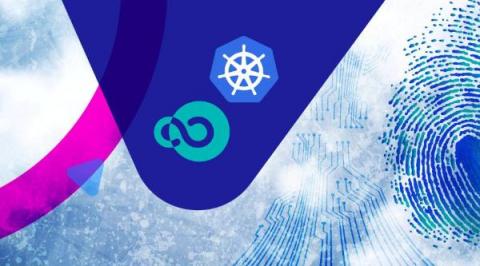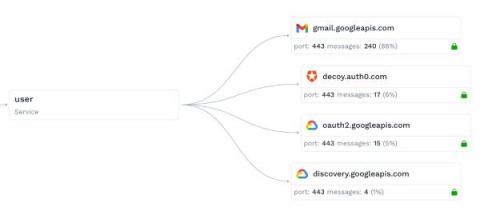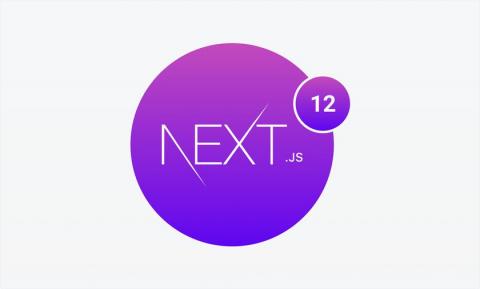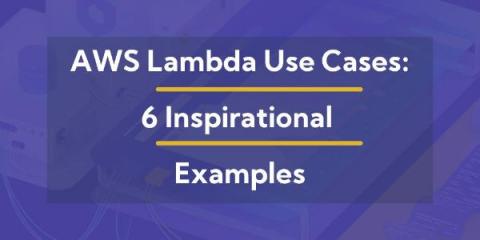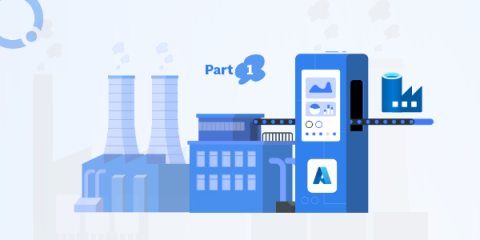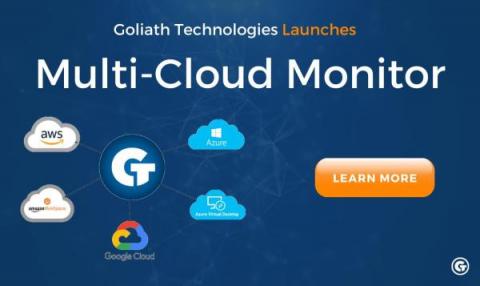Operations | Monitoring | ITSM | DevOps | Cloud
Latest News
Improving continuous verification: deploy fast and safely to production
Kubernetes and microservices have opened the door to smaller and more frequent releases, while DevOps CI/CD practices and tools have sped up software development and deployment processes. The dynamic nature of these cloud native architectures makes modern applications not just complex, but also difficult to monitor, find and fix problems.
Service Mocks: Scaling a SaaS Demo with Traffic Replay
Building, running and scaling SaaS demo systems that run around the clock is a big engineering challenge. Through the power of traffic replay, we scaled our demos in a huge way. A few weeks ago we launched a new demo sandbox. This is actually a second generation version of our existing demo system that I built a few months ago (codename: decoy). Because the traffic viewer page shows the most recent data by default, you need to constantly be pumping new data in there. Any type of real-time SaaS system is going to have a similar requirement. So this needs to be planned.
Discover the new features of NextJS 12 on Qoddi app platform
In this tutorial, we will look into the newest NextJS 12 features and use them in a simple project. NextJS 12 comes with a few exciting features. The most intriguing one would be the Rust SWC compiler. Faster compile, faster refresh.
Deploy Container on Ubuntu Pro on Google Cloud
Since I wrote Launch Ubuntu Desktop on Google Cloud last week, I kept thinking about putting Ubuntu Desktop into containers. A container is an independent unit of software packages and their dependencies so that the application on the container can run reliably in different computing environments. Docker, an open-source project launched in 2013, made Container technology popular all over the world in just a few years. Why? Let’s compare Containers and Virtual Machines.
Cloud Cost Management: A Compendium of 49 Stats, Benefits, Hard Truths, Tips, and Requirements
Cloud computing has many benefits. But there are also challenges, and cloud cost management may be one of the biggest. Here are 49 stats, benefits, and hard truths you need to know about cloud cost management, along with tips and requirements to help you take control and keep your spending in check while delivering on all the value you’re looking for.
AWS Lambda Use Cases: 6 Inspirational Examples
Since being launched in 2014, the AWS Lambda service has spread fast amongst developers and cloud architects, for it is easy to use, and there is a significant cost benefit (pay-per-use basis). AWS Lambda is an Amazon Web Services serverless deployment platform that you can use in the AWS cloud environment with basically no overhead. It will save you much time and resources using Lambda for performing code tasks for websites, applications, and services running on AWS.
Get the best out of Azure Data Factory - Part 1
Using Codefresh with GKE Autopilot for native Kubernetes pipelines and GitOps deployment
Several companies nowadays offer a cloud-native solution that manages Kubernetes applications and services. While these solutions seem easy at first glance, in reality, they still require manual maintenance. As an example, an important decision for any Kubernetes cluster is the number of nodes and the autoscaling rules you define.
Goliath Technologies Launches Multi-Cloud Monitor
Philadelphia, PA – December 2, 2021 – Goliath Technologies, a leader in end-user experience monitoring and troubleshooting software for hybrid cloud environments, announced today the release of its groundbreaking Goliath Multi-Cloud Monitor offering.


